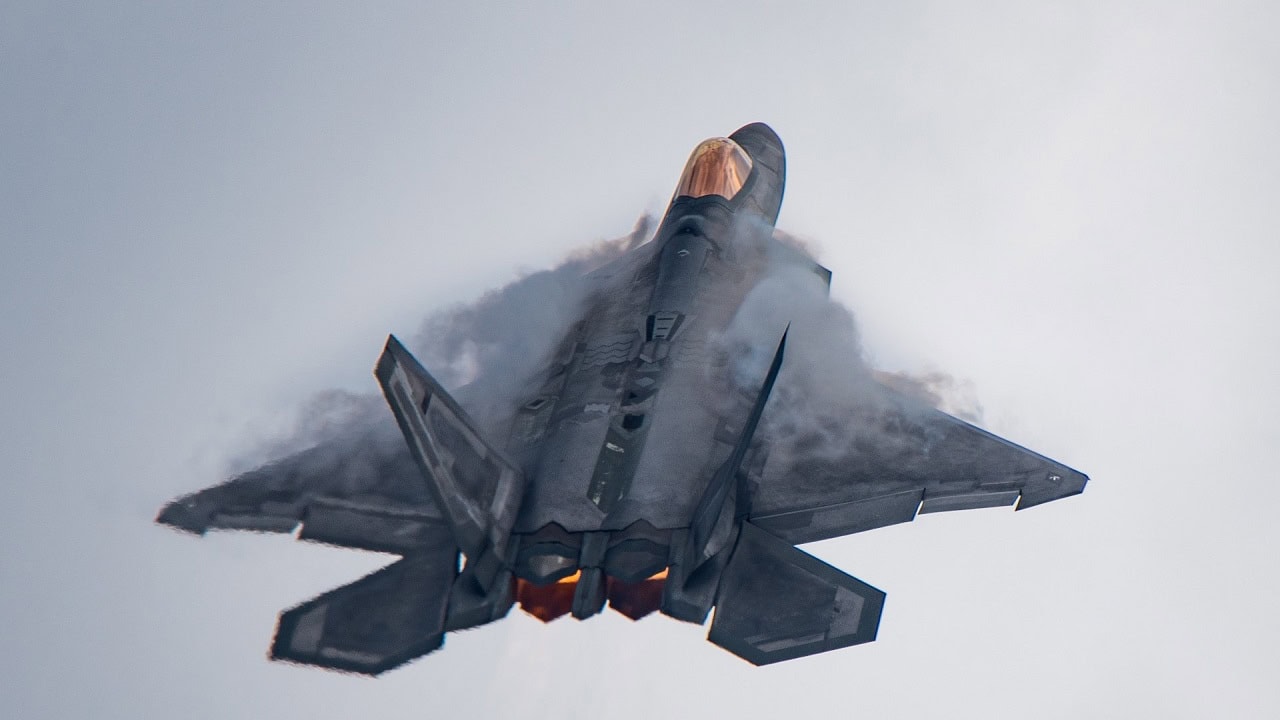Iran Did the Unthinkable in a 2002 Wargame – In 2002, the Pentagon convened a fictitious wargame to test a future enemy equipped with advanced technology and tactics. Dubbed the Millennium Challenge, the congressionally-mandated exercise pitted the “blue” U.S. team up against the “red” Iran-like Middle Eastern team, set in a timeframe five years in the future. The warfare practice involved both live exercises and computer simulations, which cost approximately $250 million.
(Subscribe to Our YouTube Channel Here. Check out More 19FortyFive Videos Here)
The games grew to encompass 13,500 service members participating from 17 different simulation locations across several training sites. Within a matter of days the red team sunk 19 blue team’s ships and rendered its carrier battle group ineffective. While the rules of the game remain controversial, its outcome emphasized the detriment of group thinking and the power of innovative asymmetric warfare.
Iran vs. America – A Game of Asymmetrical Warfare
In the months following the 9/11 attacks, the Bush Administration implemented its doctrine of pre-emption, meaning the U.S. could launch an offensive on an enemy before being attacked. With this in mind, the red team’s leader Lt. Gen. Paul Van Riper decided to begin the wargame by “pre-empting the pre-empter.” The U.S. suspected the red team’s smaller and inferior military would wait to be attacked first before it responded with a counterattack. Scrambling and caught off guard, the blue team was quickly overwhelmed.
According to War on the Rocks, “Once U.S. forces were within range, Van Riper’s forces unleashed a barrage of missiles from ground-based launchers, commercial ships, and planes flying low and without radio communications to reduce their radar signature. Simultaneously, swarms of speedboats loaded with explosives launched kamikaze attacks.”
In addition to its initial surprise attack, the red team also used unconventional communication methods that could not be detected and intercepted by the blue team’s advanced technology. To signal his army, Van Riper used the minarets of mosques to project coded messages during the call to prayer. Motorcycle messengers were also instrumental in relaying tactics to each team member. The blue team assumed “Iran” would use the modes of communication that would allow them to listen and ambush their enemy, but Van Riper’s asymmetric assault made this tactic impossible.
Overcoming the Unpredictable
After the U.S. team’s quick and miserable defeat, additional constraints were placed on the red team. The control group of the games instructed Van Riper that his team could not shoot down the airframes flying cover for their enemy’s ground forces. The red team was also prohibited from hiding their offensive weapons or from using chemical warfare against the blue team’s paratroopers. With these extreme disadvantages in place, the blue team ultimately succeeded in their mission to destroy “Iran’s” military capabilities. However, the blue team’s inability to use flexibility and quick thinking in its response to the red’s initial attack reflected a rigidity that would not serve the U.S. well in real conflict.
The costliest wargame in America’s history did not play out exactly how the Pentagon had hoped. While obtaining advanced technology and sophisticated weaponry is a crucial component in war, it won’t necessarily guarantee a win. Innovative warfare combined with adaptability can be just as lethal.
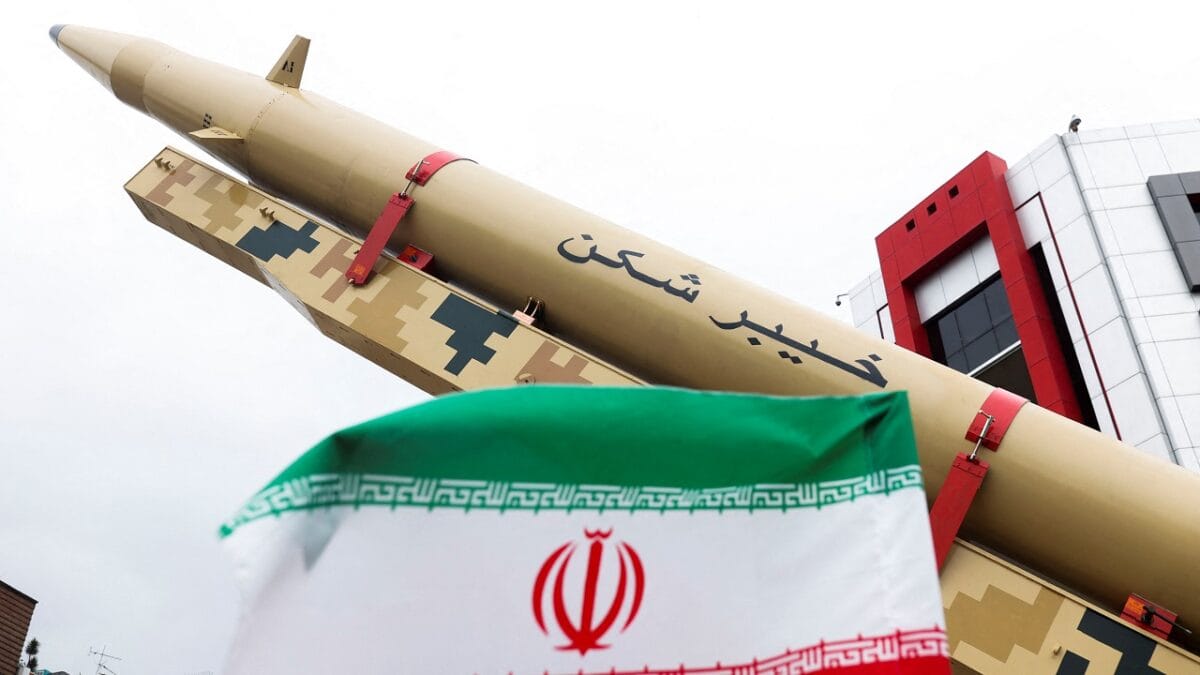
An Iranian missile is displayed during a rally marking the annual Quds Day, or Jerusalem Day, on the last Friday of the holy month of Ramadan in Tehran, Iran April 29, 2022. Majid Asgaripour/WANA (West Asia News Agency) via REUTERS
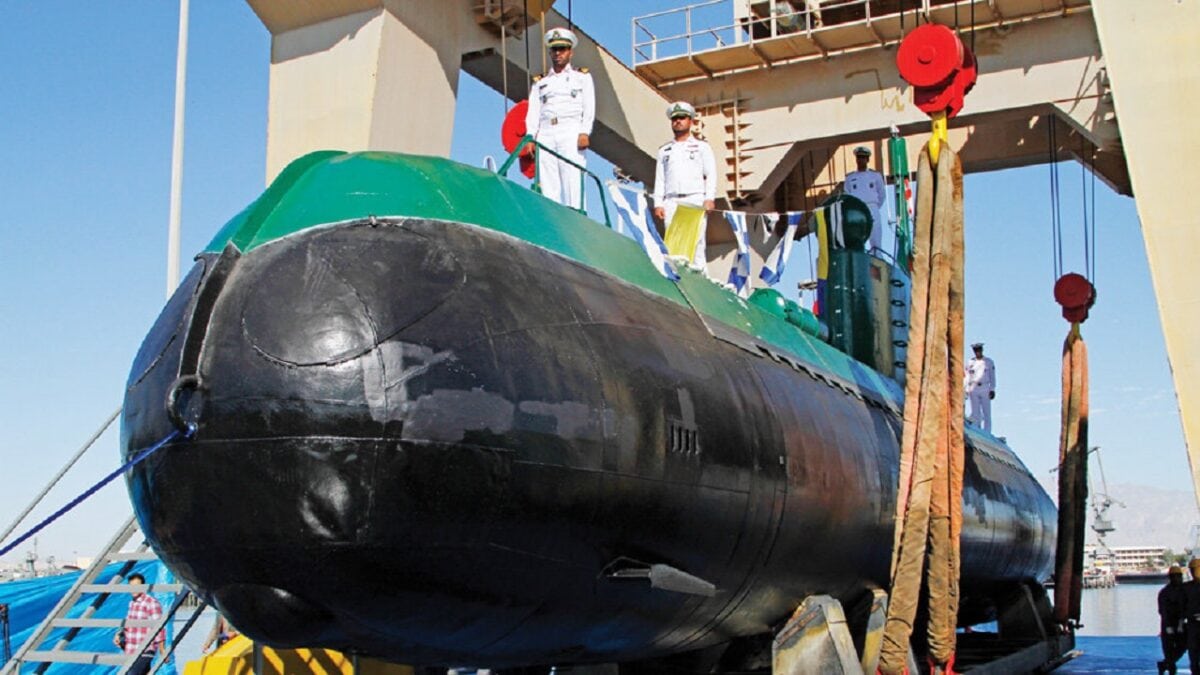
Ghadir Submarine. Image Credit: Iran State Media.
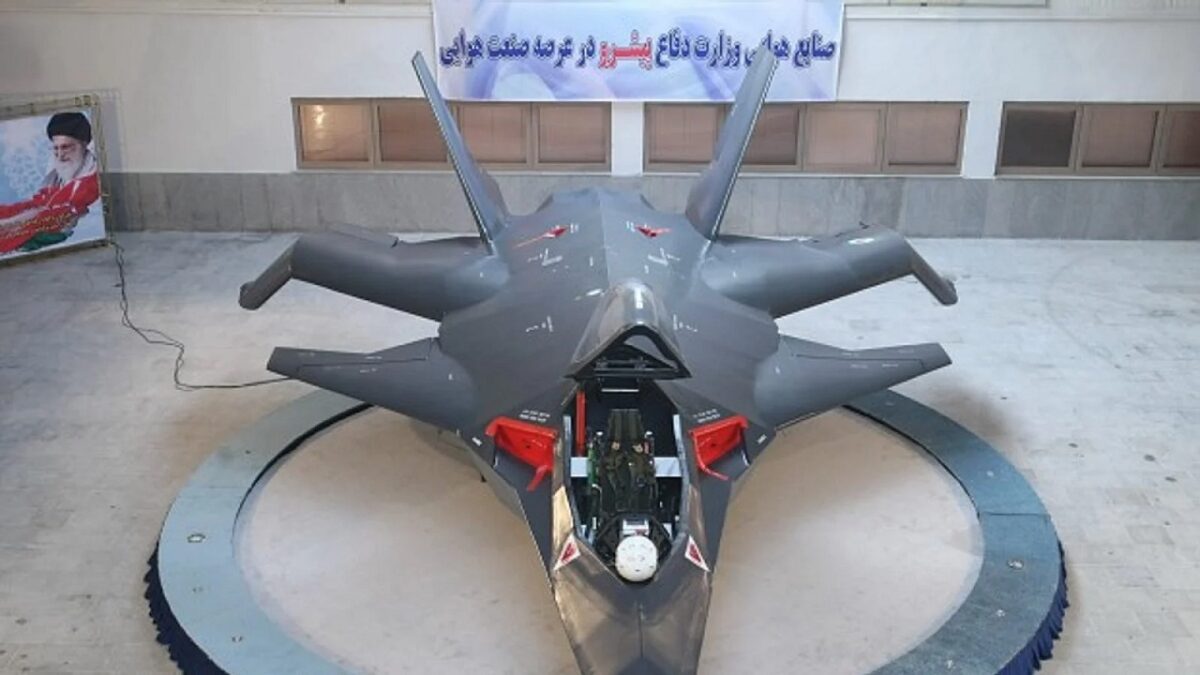
Qaher-313. Image Credit: Iran State Media.
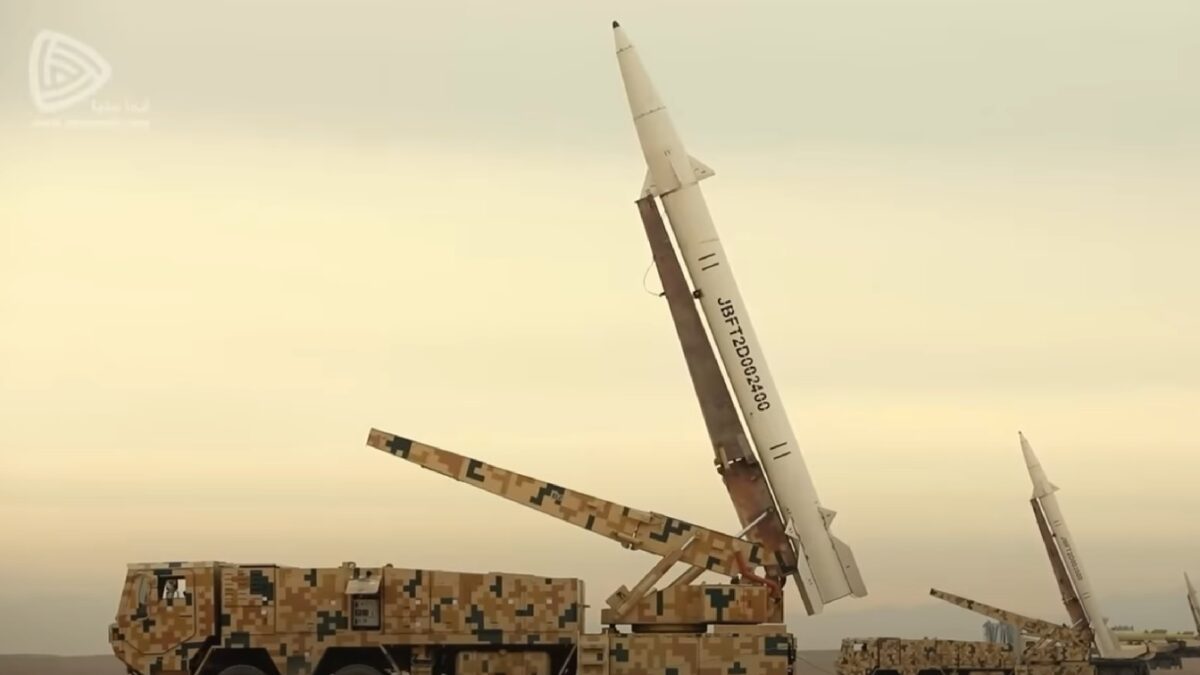
Iran Missiles from Video. Image Credit: YouTube Screenshot.
Maya Carlin, now a Defense Editor for 1945 focusing on the Middle East, is an analyst with the Center for Security Policy and a former Anna Sobol Levy Fellow at IDC Herzliya in Israel. She has by-lines in many publications, including The National Interest, Jerusalem Post, and Times of Israel.

